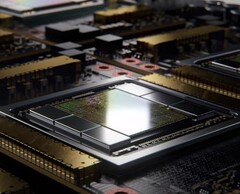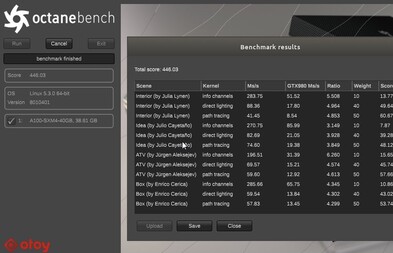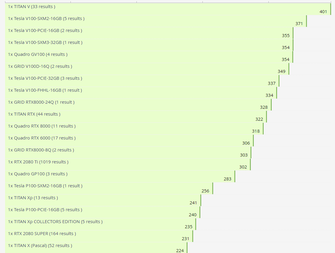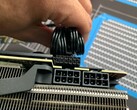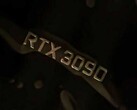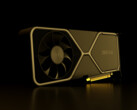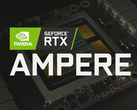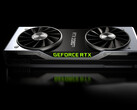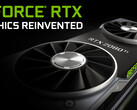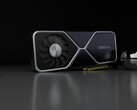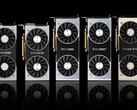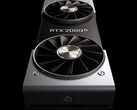Nvidia already launched the Ampere A100 compute GPU back in mid-May, yet we have not really seen any “real-world” benchmarks apart from Nvidia’s internal convoluted tests. Thanks to OTOY CEO Jules Urbach, who finally got his hands on a DGX Ampere A100 model, we now get a more objective look at how the new 7 nm architecture compares to the 12 nm Turing one launched in 2018.
Keep in mind that these results are not necessarily indicative of any performance figures for the upcoming Ampere gaming GPUs launching this fall. Yes, the gaming GPUs are derived from the A100, but the specs will be more or less cut down. For reference, the A100 integrates 6912 CUDA cores coupled with 40 GB of HBM2 VRAM, while the RTX 3080 Ti is rumored to come equipped with 5376 CUDA cores and 12 GB of GDDR6x VRAM.
Urbach tested the A100 against all the best currently available gaming, professional and compute GPUs from Nvidia in the OctaneBench suite that is based on the OctaneRender engine. Worth mentioning here is the fact that this benchmark is supporting only Nvidia cards at the moment, as it is specifically designed to take advantage of the CUDA cores (Urbach mentions there is an AMD version coming soon). Urbach's tests reveal that the A100 manages to score 446 points, while the Titan V is lagging behind by 11% with 401 points, but this is not really comparing oranges to oranges. A more fair comparison would be with the Tesla V100 that scores 371 points, so the A100 is around 18% faster.
These results are not really that impressive and in line with how Nvidia CEO Jensen Huang hyped the A100 in the announcement videos. However, Urbach points out that the benchmark was performed with RTX deactivated, and we could see more gains when the ray tracing cores are on. Now, if we compare the A100 with the RTX 2080 Ti, the Ampere card is a bit over 40% faster, and if we extrapolate the rumored specs for the RTX 3080 Ti, we could be looking at around 30% improvements (with RTX off) for the gaming GPUs compared to the RTX 2080 Ti. Sure, this is not exactly a gaming benchmark, and RTX could become a staple feature for future games, but even so, Nvidia might be caught off guard by AMD's Big Navi.




